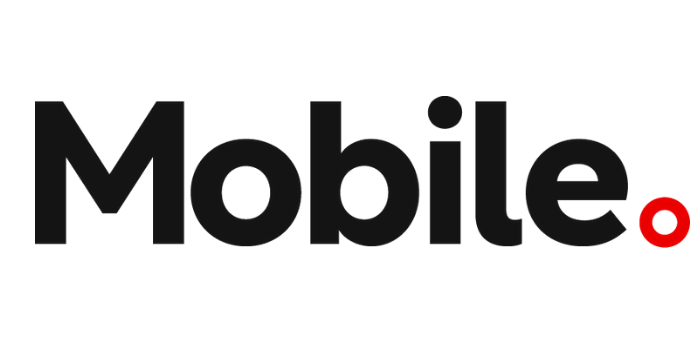Hannes Gredler CTO of RtBrick on the future of telecoms

This article was published in Mobile Magazine on March 19, 2022. You can read the original article here
RtBrick’s CTO & co-founder Hannes Gredler talks the future of the telecommunications industry and what it may have in store
2021 was an interesting year for telecoms organizations. Change continued to sweep the telco industry, with businesses facing a range of challenges including evolving customer habits, increasing cost pressures and growing competition from the ‘cloud-natives’. At the same time, innovation was rife. Technical advancements with the power to transform telco operations emerged at rapid pace, presenting new opportunities for service providers young and old.
With all this in mind, we spoke to Hannes Gredler, co-founder and CTO of RtBrick, about what we can expect to see from the telco industry over the next 12 months and how the technical landscape is likely to evolve.
What’s in store for the telecom folks this year?
“Telcos are under pressure from the cost of continued traffic growth and static price expectations from users, with their value-add increasingly undermined by the current generation of cloud and OTT companies.
However, the good news is that telcos still have the assets in the ground and unique opportunities to build and compete with these forward-thinking competitors. They can take them on at their own game by building their own cloud-native networks with computing resources deep in the network.
That is what we will see more tangibly in 2022. A cloud-native approach to architecture and automated operations will help telco organizations drive costs and give them a platform to compete in the future."
Talk to us about the current M&A landscape across the telco sector, specifically the cloud-native players, current partnerships and ongoing deals.
“The traditional telco vendors have dominated for decades with little significant innovation, just more and more consolidation of vendors and less choice for operators. That is changing fast, with disaggregation now making it viable for smaller innovative companies to enter the market.
This was illustrated by the Telecom Infra Project’s (TIP) OpenBNG RFI shortlist, which didn’t include any established vendors in its hardware or software supplier lists. The logical outcome of this trend is that some traditional vendors will look to invest and buy-in the know-how to deploy disaggregated networks. At the same time, other large companies in adjacent spaces – such as IT and cloud businesses – will see the opportunity to move into the traditional telco vendors’ markets and disrupt them. But we should also expect to see some new entrants remain independent and become significant players themselves.”
How will disaggregation shape the telco market over the next three years? “In a nutshell, it will revolutionize how telco providers build their networks. Telcos are about to enter a golden age of choice, and disaggregation will be at the forefront of the shift away from the vendor dominance that has characterized the market for so long.
At a market level, it will bring an end to monolithic infrastructures and supplier monopolization. With the ability to independently ‘mix and match’ hardware and software based on their needs and budgets, service providers will be free to source solutions from multiple different vendors. As well as reducing costs and enabling much greater flexibility, this will support a competitive market by giving real opportunities to innovative new entrants for the first time in decades.
As disaggregated networks are much easier to scale, they will also enable telcos to be more agile and quickly respond to consumer demands. What’s more, they offer deeper integration with 5G by enabling the evolution to 5G fixed-mobile convergence. It’s this combination of cost-efficiency, limitless scalability and enhanced 5G integration that will drive investments in network disaggregation and transform the telco market over the coming years.”
Talk to us about the upcoming pipeline for RtBrick, the industry and other trends we’ll be seeing more of this year.
“Disaggregation became real in 2021 and will start to be deployed at scale in 2022. The power of disaggregated OpenBNG networks was showcased in our recent deployment with Deutsche Telekom, delivering up to 1000Mbps of internet connectivity and scaling to 20 million subscribers.
This isn’t an isolated event. More and more carriers are seeing the advantages of disaggregating hardware from software, which is why investments in this area will continue and accelerate throughout 2022. Expect to see deployments in the fixed IP core, broadband edge and transport – along with mobile RAN.
Alongside this, we should expect a move in the OSS/BSS space to more open systems, driven by APIs that look more like the operations environment of cloud-native organizations than a traditional telco. This will remove many of the barriers currently hampering carriers in the move to cloud-native IP networking by dramatically reducing the amount of time and effort required to make disaggregated networks operational, in turn laying the foundation for future growth.
What has become clear is that the telco market is ready for change. It’s an exciting time for us and the industry as a whole.”